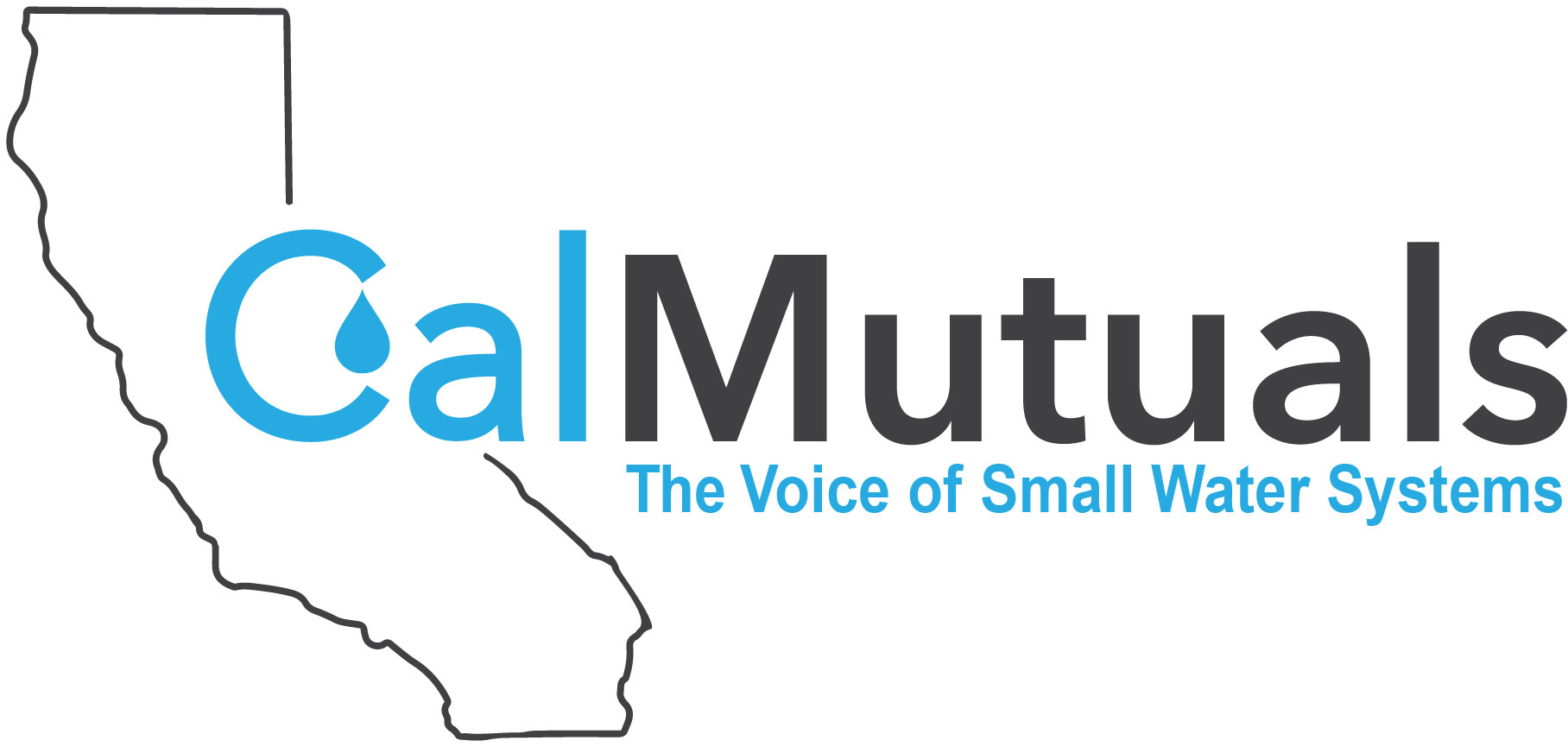Water Quality
Proposed PFAS National Primary Drinking Water Regulations – PFOA & PFOS
The EPA has released new draft MCLs for PFOA and PFOS permissible in drinking water at the national level and anticipates finalizing the regulation by the end of 2023. The new allowable levels are set to be 4 ppt for both chemicals. EPA expects that if fully implemented, the rule will prevent thousands of deaths and reduce tens of thousands of serious PFAS-attributable illnesses.
CalMutuals supports the EPAs goal of ensuring the safety of our water supply. The Association is drafting comments focused on needs of concerns of very small water systems that do not appear to be fully considered in the proposal. Comments must be submitted during the public comment period that ends on May 30, 2023. For further information on the pending national standards, visit the EPA’s PFAS page.
EPA Lead and Copper Rule – LSLI October 2024
The EPA issued its Lead and Copper Rule Revisions (LCRR) in 2021 as part of President Biden’s larger plan to replace all lead pipes over the next decade. The LCRR requires water systems to prepare and maintain an inventory of service line materials by October 16, 2024. The EPA provides guidelines on their website, and other organizations like the Association of State Drinking Water Administrators (ASDWA) are hosting webinars to educate systems nationwide on how to comply with this federal regulation.
CalMutuals is forming a Lead and Copper Rule Task Force to collect information from members about obstacles in the rules implementation that may be useful in communicating to regulatory officials and legislators. If you wish to join, please contact Member Services Director Susan Allen by email at susan@calmutuals.org.
SWRCB – Chromium 6 Drinking Water MCL
The State Water Resource Control Board will convene in March to continue discussing the Cr6 MCL process, which is headed toward adoption soon. The draft State Water Board staff report includes a compliance period of four years for small systems to implement appropriate treatment and utilizes Point of Use and Point of Entry devices as forms of treatment for systems with fewer than 200 connections. CalMutuals continues to push the State to provide technical assistance and financial resources to ensure that small systems are in compliance. In December 2022, CalMutuals sent the SWRCB a comment letter voicing our concerns with the assumption that POU/POE is the most effective solution for small systems.
The complete proposed regulation for Chromium-6 is expected to be released this summer for public comments. We will be encouraging our members to send comment letters raising issues that can impact mutual water companies and small water systems. Please consider weighing in during upcoming public workshops and hearings to ensure that the needs and concerns of mutual water companies are heard.
Manganese – Pending Response and Notification Levels
On March 21, 2023, the SWRCB heard a report from the Division of Drinking Water (DDW) on its proposal to lower the notification and response levels for manganese to 20 parts per billion (ppb) and 200 ppb from 500 µg/L and 5,000 µg/L, respectively. Findings cited in the proposed NL order note that, “Manganese is an essential nutrient and enzyme cofactor that is naturally present in many foods and available as a dietary supplement, but despite its nutritional benefits, adverse health effects can be caused by over-exposure.” The proposed revision seeks to protect young children, particularly bottle-fed infants, from neurological effects observed in a rat study.
The Deputy Director of DDW has delegated authority to issue NL and RL orders, which do not follow the same procedures as a maximum contaminant level. The information report prompted questions and a request from water industry groups to postpone the proposed order and consult with water suppliers. In a letter to Water Board members, it was estimated from the Water Board’s data that over 3,700 sources and over 1,900 Public Water Systems will be affected by the proposed NL/RL.
